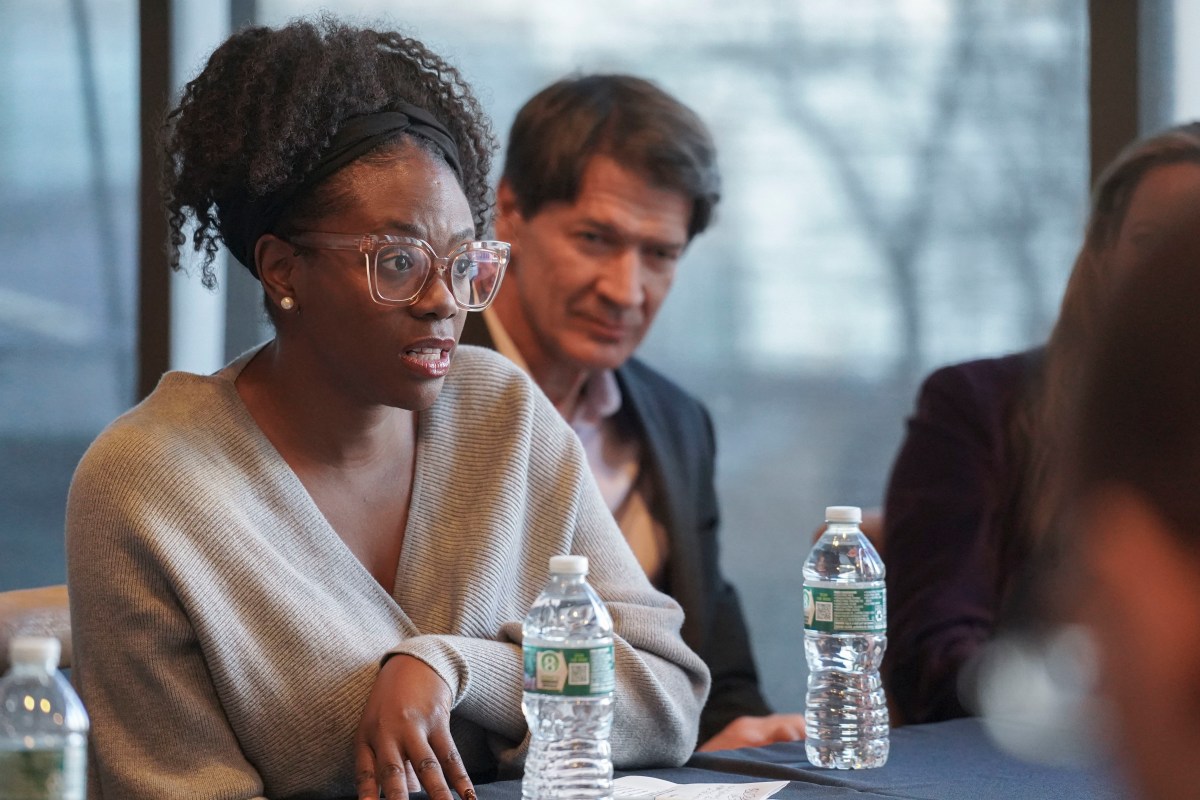By Adrienne Urbanski
Retrospective of James Nares, No Wave’s subtlest filmmaker
JAMES NARES: MOTION PICTURES
May 16-22
Anthology Film Archives
32 Second Ave.
$8 adults, $6 students/seniors
(212-505-5181, anthologyfilmarchives.org))
In the 70s and 80s, as punk music electrified New York, the No Wave movement was invading the film world, transferring the punk philosophy of extremism and experimentation to the celluloid. The raw, uneven aesthetics of both artistic modes gave a voice to those without a budget or formal training, leading filmmakers to put together their own chaotic masterpieces in bedrooms and abandoned buildings, often casting their friends and whomever they could find willing. The term ‘No Wave’ refers to a rejection of the New Wave movement, a spin-off of the punk movement that many criticized for turning 80s punk into a marketable and profitable franchise.
This month Anthology Film Archives gives a nod to this important era of New York’s film history by showing a retrospective of films by James Nares, a painter and filmmaker at the forefront of the movement. The works—short and full-length, some soundless and human-less, others with a full cast—display the gamut of DIY film’s possibilities.
Nares relocated to Manhattan from London in 1974, his arrival perfectly timed with the onslaught of the punk scene. His background as a painter is apparent in the tactile focus of his work. In his short films we see a hand push through a cornfield with an audible crunch, a ball rolling over the dirt and grit of Tribeca’s garbage-strewn streets, and a hand running across the surface of a concrete block, each shot imbuing a sense of texture and touch to the two-dimensional world of film.
Nares also focuses on movement, and the relation of the body to machinery and tools, shooting footage of such imagery as a muscular, lean man slowly tossing a metal rod in slow motion, focusing on the body in motion. Hammers, ramps, and pendulums also play into his exploration of movement. Eventually, Nares moved human subjects into his work, depicting such events as a naked man mulling about nude in bed for days until a strong wind violently blows him away along with all of the belongings collected during his listless existence.
Among the films displayed during Anthology’s retrospective is “Rome ’78,” Nares’s first venture into feature-length, plot-driven film. Despite its large cast in period costumes, the work is never made out to be a serious undertaking, with actors who interject scenes with self-conscious laughter, and deliver seemingly improvised lines with over the top bravado. The work features No Wave darling Lydia Lunch, who, by contrast, makes Courtney Love seem demure. Unlike most of the other notable filmmakers of the era (Nick Zedd, Richard Kern), Nares never sought out the obscene or titillating as a means of breaking down the aesthetics of mainstream film, choosing instead to focus on the small sensory details so often overlooked by the general populace.
With a summer of loud, vapid, special effects-laced blockbusters on the way, there’s a definite charm to be found in the quiet simplicity of a Super 8 film made for less than the price of a Starbucks coffee.
Nares will talk about the preservation of his films in a panel discussion on May 20, 6-7 p.m. The evening program on Thursday, May 22 will be followed by a conversation between Nares and writer Luc Sante.


































